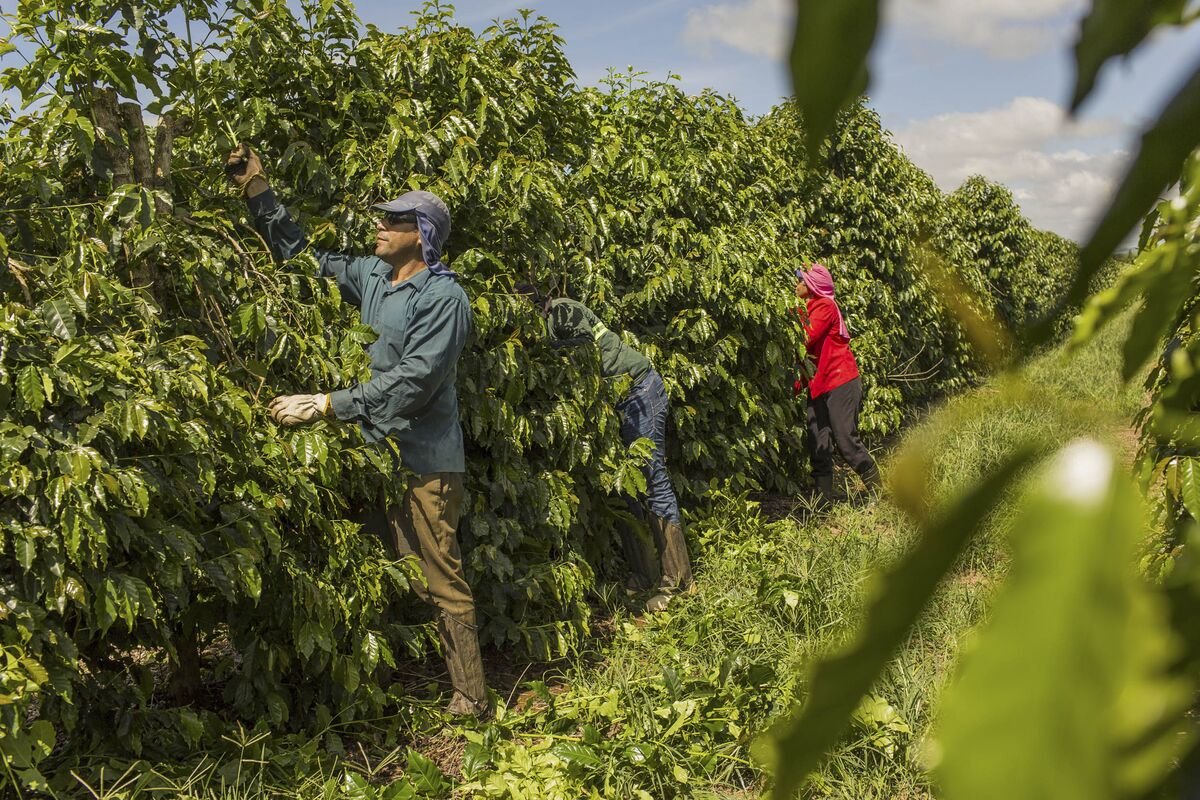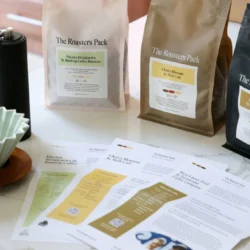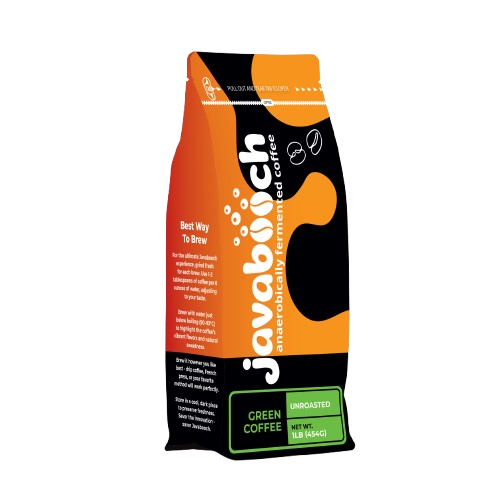The soul of your coffee brand is in the bean. Your logo, website, and Instagram may grab attention—but if your coffee doesn’t taste exceptional, the buzz won’t last.
If you want to build a serious coffee brand, you need to master the sourcing game. And if you’re looking for quality, complexity, and story—Kenya should be on your sourcing map.
Let’s break down how to find the right beans, the right partners, and create lasting value from farm to cup.
1. Why Kenyan Coffee Is a Goldmine for Brands
Kenyan coffee is world-famous for:
- Bright acidity and complex fruit notes (think blackcurrant, berry, citrus)
- High altitude growing conditions (ideal for slow-maturing, flavor-rich beans)
- Smallholder farming systems that promote traceability and unique micro-lots
🌍 Kenya’s SL28, SL34, and Batian varieties are beloved by specialty roasters worldwide.
2. Understand the Coffee Supply Chain
Before sourcing, understand the key players:
- Farmers – Often smallholder growers in co-ops
- Cooperatives – Aggregate beans, process them, and auction them
- Exporters – Handle paperwork, grading, and international sales
- Importers – Bring beans into your country and sell in smaller lots
- Direct Trade Brokers – Help brands work directly with farmers
🧠 The closer you get to the source, the more control and story you gain.
3. Sourcing Methods: Which One Fits Your Brand?
A. Buy Through Importers (Beginner-Friendly)
You can buy small volumes of Kenyan beans through green coffee importers.
Pros:
- Low minimums
- Reliable inventory
- Faster delivery
Cons:
- Limited traceability
- Less brand differentiation
🛍 Examples: Royal Coffee, Cafe Imports, Crop to Cup
B. Work with Exporters in Kenya (Direct Trade)
Once you scale, partner with licensed Kenyan exporters.
Pros:
- Better prices
- Full transparency
- Exclusive micro-lots
Cons:
- You’ll need import licenses or a logistics partner
- Requires clear contracts and quality control
👥 Martin’s network includes trusted exporters who handle everything from quality sampling to customs paperwork.
C. Build Direct Farmer Relationships
This is the gold standard for impact and authenticity.
Pros:
- Maximum traceability
- Better margins for farmers
- Immense storytelling value
Cons:
- Requires travel, trust-building, and commitment
🤝 Martin Kabaki offers “origin visit” experiences where you meet growers, taste micro-lots, and build real partnerships.
4. Key Things to Look for in High-Quality Beans
Whether you’re tasting a sample or selecting from a catalog, look for:
- Altitude: 1,500m+ for complex flavors
- Processing: Washed (common in Kenya), Anaerobic, or Honey
- Cup Score: Look for 84+ on the Specialty Coffee scale
- Freshness: Recent harvest dates (Kenyan main crop is Nov–Feb)
☕ Always request a sample roast before committing to a full bag.
5. Navigating Logistics and Compliance
Sourcing beans internationally involves:
- Import regulations in your country
- FDA or food safety requirements
- Tariffs and duties
- Freight costs (especially if air shipping)
📦 Martin’s coaching program includes plug-and-play templates for customs forms, exporter agreements, and freight solutions.
6. The Story is as Important as the Flavor
Consumers don’t just want good coffee—they want a story.
Tell them:
- The farmer’s name
- The region and altitude
- Your personal sourcing journey
- The purpose behind your brand
🎥 Document it: photos, short videos, even Zoom interviews with farmers. Turn your sourcing into social proof.
Final Thoughts
Kenyan coffee can be the cornerstone of your brand—if you source it right. Whether you start small with an importer or go full direct trade, aim for flavor, transparency, and values.
Because in the end, people don’t just drink coffee—they buy into who and what you stand for.




